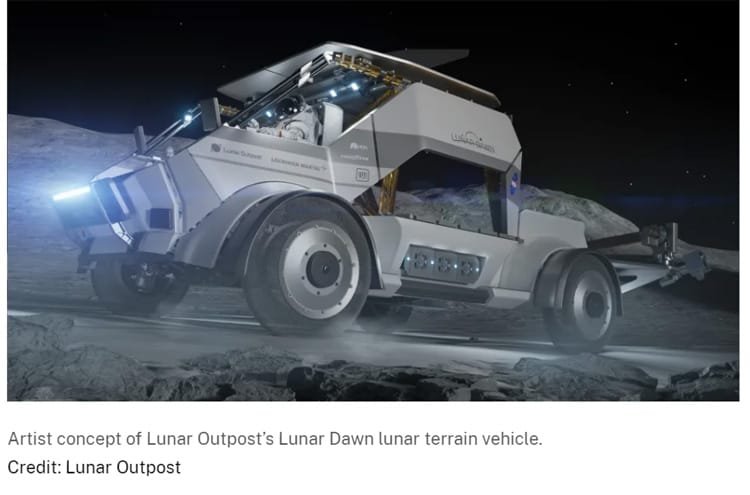INVC NEWS
Houston : NASA is making cars for its astronauts to cover long distances on the lunar surface. He has selected three companies for this work. Intuitive Machines, Lunar Outpost and Venturi Astrolabe have been tasked by NASA with building lunar terrain vehicles. These three companies will now build lunar rovers for NASA’s Artemis Moon mission. By using these rovers, astronauts will be able to do research work over longer distances on the lunar surface. These vehicles will be sent to the moon with astronauts in the Artemis-5 mission. Whose target is 2029.
Vanessa Wise, director of Houston-based NASA’s Johnson Space Center, said that we are going to build the Artemis Generation Lunar Exploration Vehicle. These vehicles will increase the strength and capability of astronauts on the moon to a great extent. NASA will get its LTV made by private companies.

38 thousand crore rupees project
NASA will give a total of Rs 38,374 crore to the three companies for vehicles running on the moon. All companies will first prepare a feasibility report. Will study throughout the year. After that LTV will be made as per the needs of NASA. But only one company’s LTV will be sent to the moon. The remaining two companies can continue their research if they wish. Or you can send your vehicles to the moon through some other private agency.
LTV will help in many ways
LTV can also be used in places where there is danger without astronauts. Or where there is no prior information about. Like the dark side of the moon. Or before going to any crater, these LTVs should be sent and recce of that place should be done.
One company’s car will be selected
It is also possible that NASA may select a vehicle from one of these companies in the future. Keep the vehicles of the remaining two companies i.e. LTV as backup. These LTVs will also be operated remotely and observed during the Artemis mission. So that it can also be used for commercial activities on the moon.













